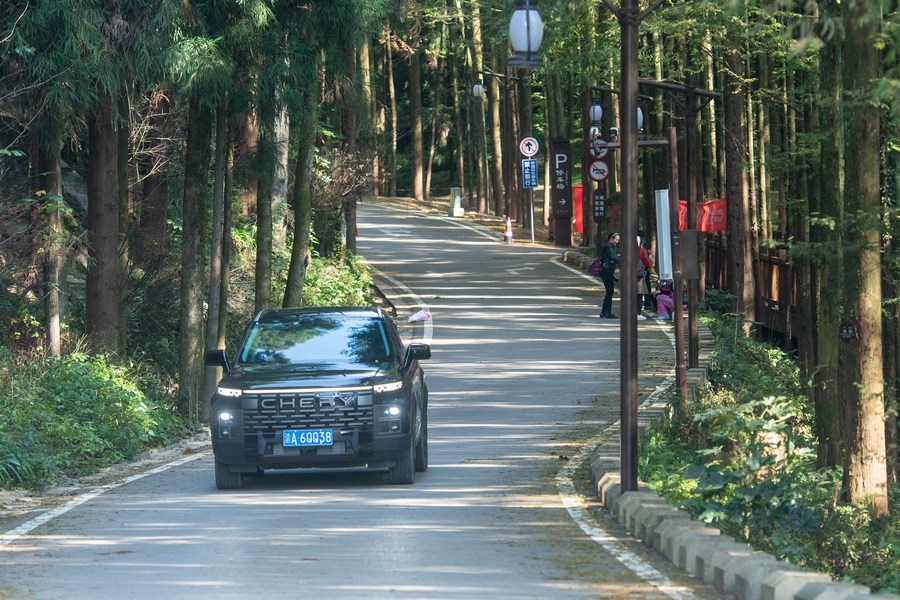Living with Dignity But not in Poverty

The cooperation between China and Central Asia in the field of poverty alleviation has the potential to bring about significant positive change.
The China-Central Asia Human Rights Development Forum, first held last year in Beijing and this year held in Kazakhstan, is a vital dialogue being established between China and Central Asian states. The topic of human rights protection is highly diverse, and it is impossible to cover all its aspects in a short note. Therefore, here, we will focus on one fundamental human right: living with dignity but not in poverty.
Fundamental human rights include accesses to water, food, quality education and health services for social and personal development. Therefore, ensuring favorable economic conditions for people has been and will continue to be a priority in developing countries. This is how China and Central Asian countries promote fair, inclusive and high-quality development.
Central Asian countries have been experiencing a steady trajectory of economic growth. The region’s economy expanded by approximately 5.7 percent last year and is projected to grow by 5.9 percent in 2024. However, despite this positive trend, poverty rates in the region, as per the latest World Bank data, remain high. The updated international poverty line, set at $3.65 per day for lower-middle-income countries like Kyrgyzstan, Tajikistan and Uzbekistan, and $6.85 per day for upper-middle-income countries, is the basis for these estimates. By these criteria, in Central Asia, around 5 million people live below the threshold of a lower-middle-income country, and 20 million live below the threshold of an upper-middle-income country. Therefore, poverty eradication remains a critical focus of economic policies in the region.
Central Asian countries should view China’s remarkable success in combating poverty as a beacon of hope for all humanity. Since introducing its reform and opening up policies in 1978, China has lifted a staggering over 800 million people out of poverty. It is not just a success story but a compelling testament to the potential for success in poverty alleviation, inspiring all other nations to strive for similar outcomes.
It is impossible even to list all the reasons contributing to China’s unprecedented economic revival and fight against poverty over the past 45 years. Therefore, we will focus on the two most vital sectors of the economy that have demonstrated significant effectiveness in reducing poverty in China: infrastructure development and tourism. We suggest that countries in the region learn from China’s experience in these two specific areas to expedite poverty alleviation efforts.

The famous Chinese slogan “building roads before getting rich” has become essential for poverty eradication in its remote regions. Large infrastructure projects are bringing modern transport links to every village and home. This approach shows the power of utilizing local resources to implement poverty alleviation strategies.
China has the most extensive operational mileage and the enormous scale of construction of high-speed railways worldwide, marking the beginning of the “high-speed railway era.” China’s railway network now consists of 159,000 km, with 45,000 km being high-speed rail. In 2025, the country’s railway network will reach 175,000 km. The high-speed rail network reaches almost 100 percent of cities with a population of over 1 million.
Tourism has emerged as an attractive industry for promoting rural development in particular. According to the United Nations World Tourism Organization, tourism contributed nearly $9 trillion to global GDP and created jobs for over 300 million people, accounting for 10 percent of total employment worldwide. In rural China, monitoring data showed that rural tourism provided 30.6 percent of the jobs for the poor in 2019. The tourism industry in China contributed 10.94 trillion yuan ($1.51 trillion) to national GDP, accounting for 11 percent of the total, and employed approximately 80 million people, representing 10.31 percent of the total employed population. Moreover, estimates suggest that tourism in China is growing at 10 percent overall. This growth reflects the complexity of the industry, which encompasses the development of various related sectors such as agricultural production and processing, food services, accommodation and transportation.
The cooperation between China and Central Asia in the field of poverty alleviation has the potential to bring about significant positive change. It provides a valuable platform for sharing best practices, resources, and strategies that can greatly accelerate the achievement of positive results in this area. This collaborative approach will continue to enhance the impact of joint initiatives and generate a sense of hope and optimism among communities.
The author is former prime minister of Kyrgyzstan, a distinguished professor of the Belt and Road School under Beijing Normal University and the author of Central Asia’s Economic Rebirth in the Shadow of the New Great Game.
 Facebook
Facebook
 Twitter
Twitter
 Linkedin
Linkedin
 Google +
Google +










